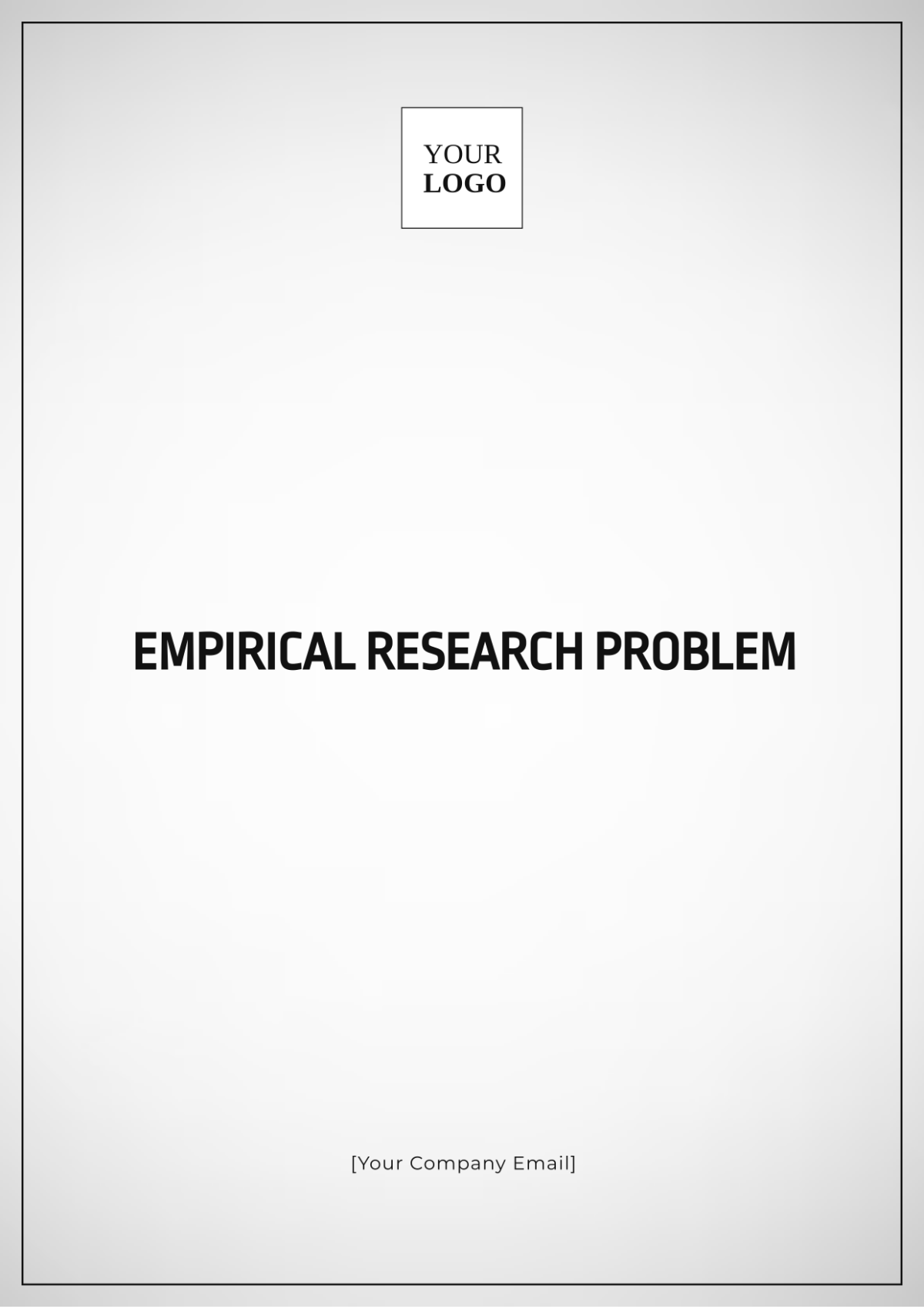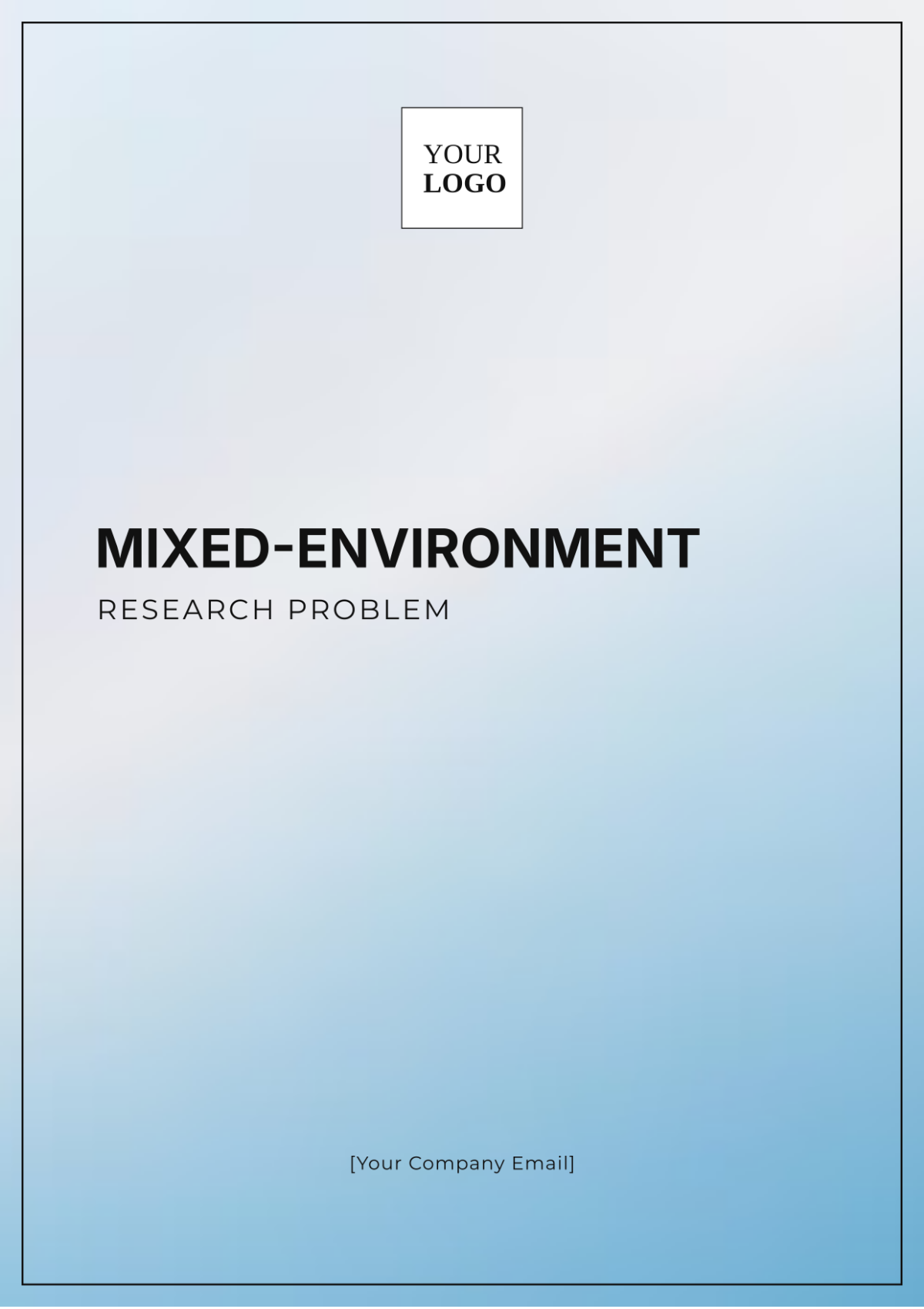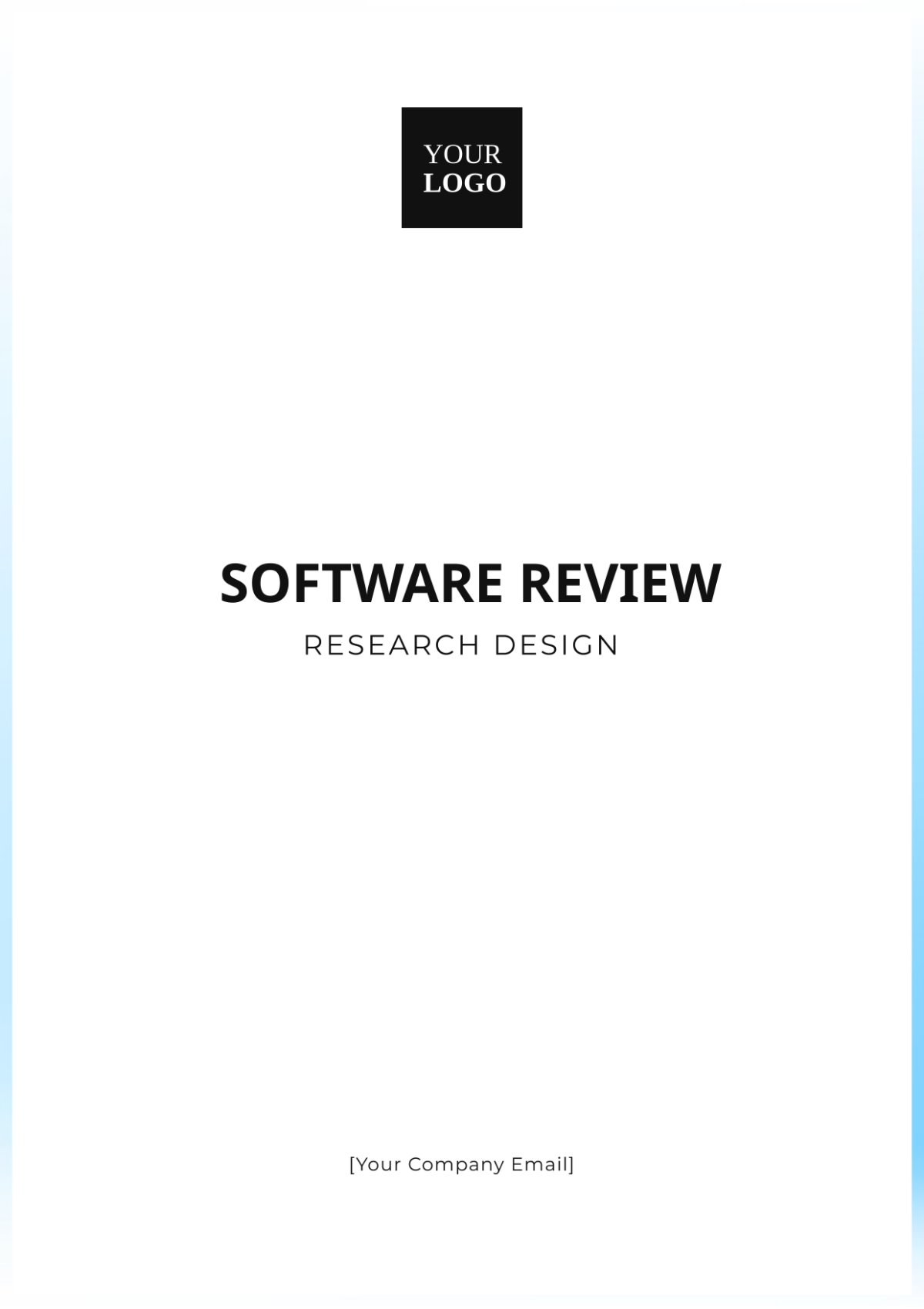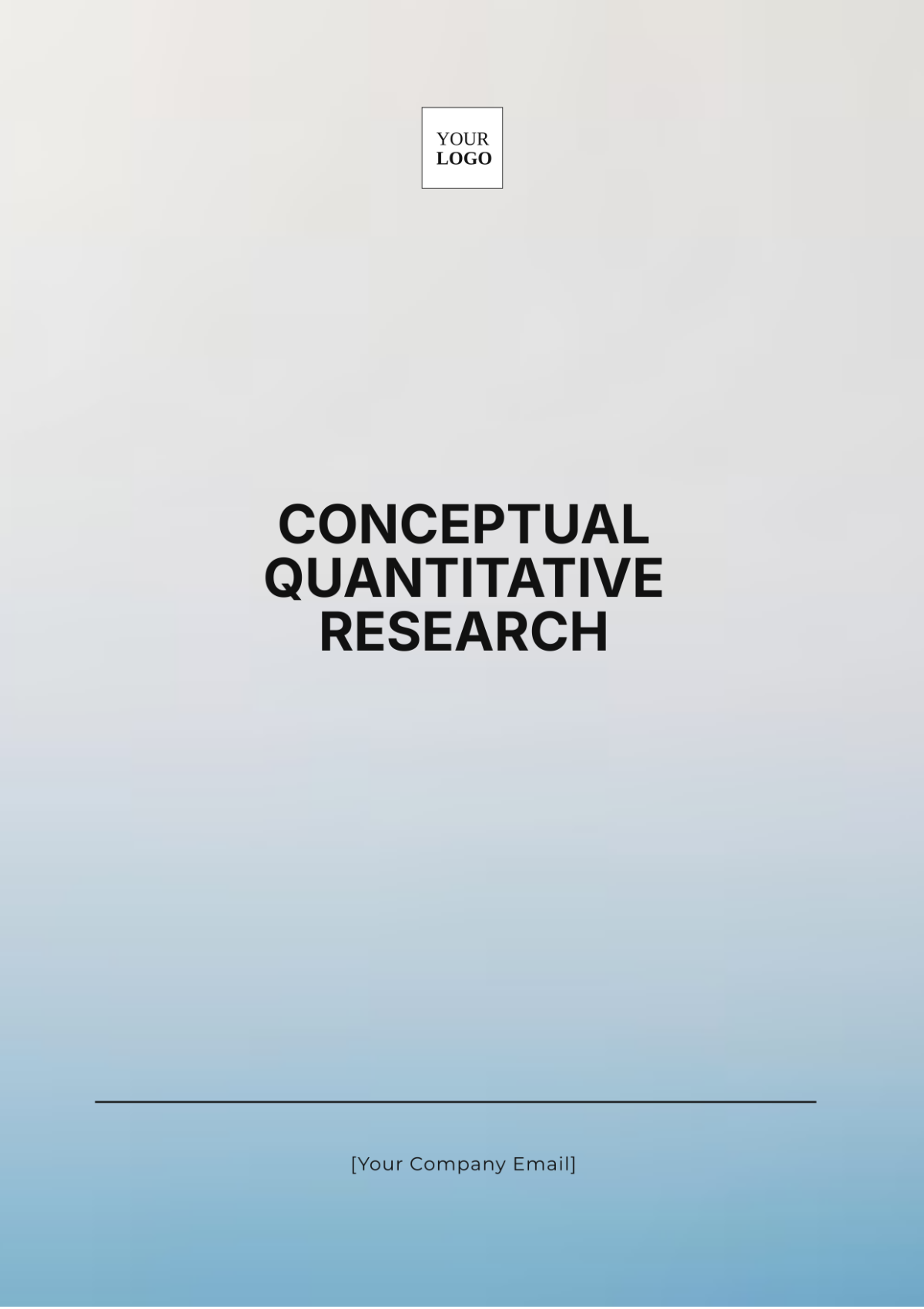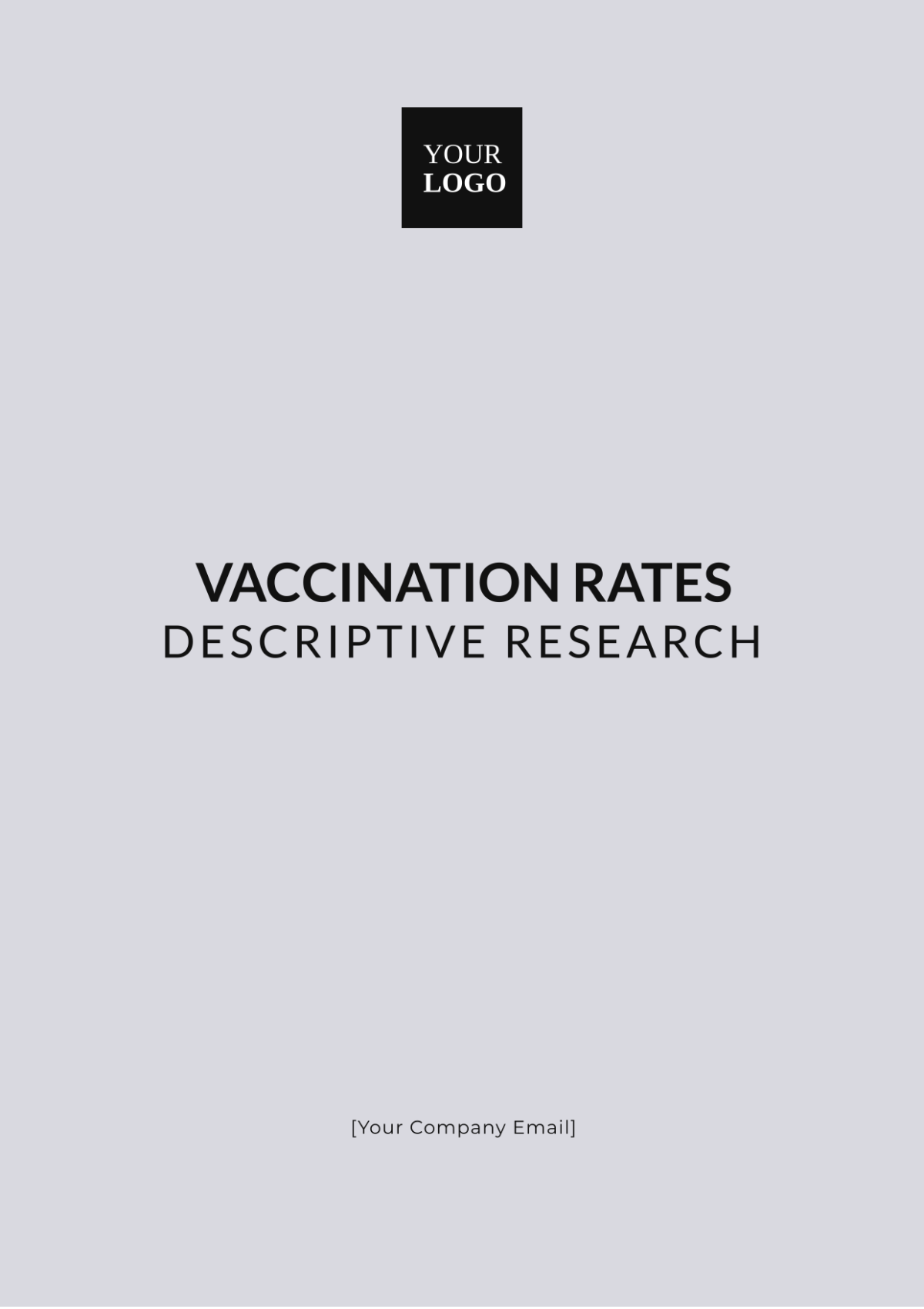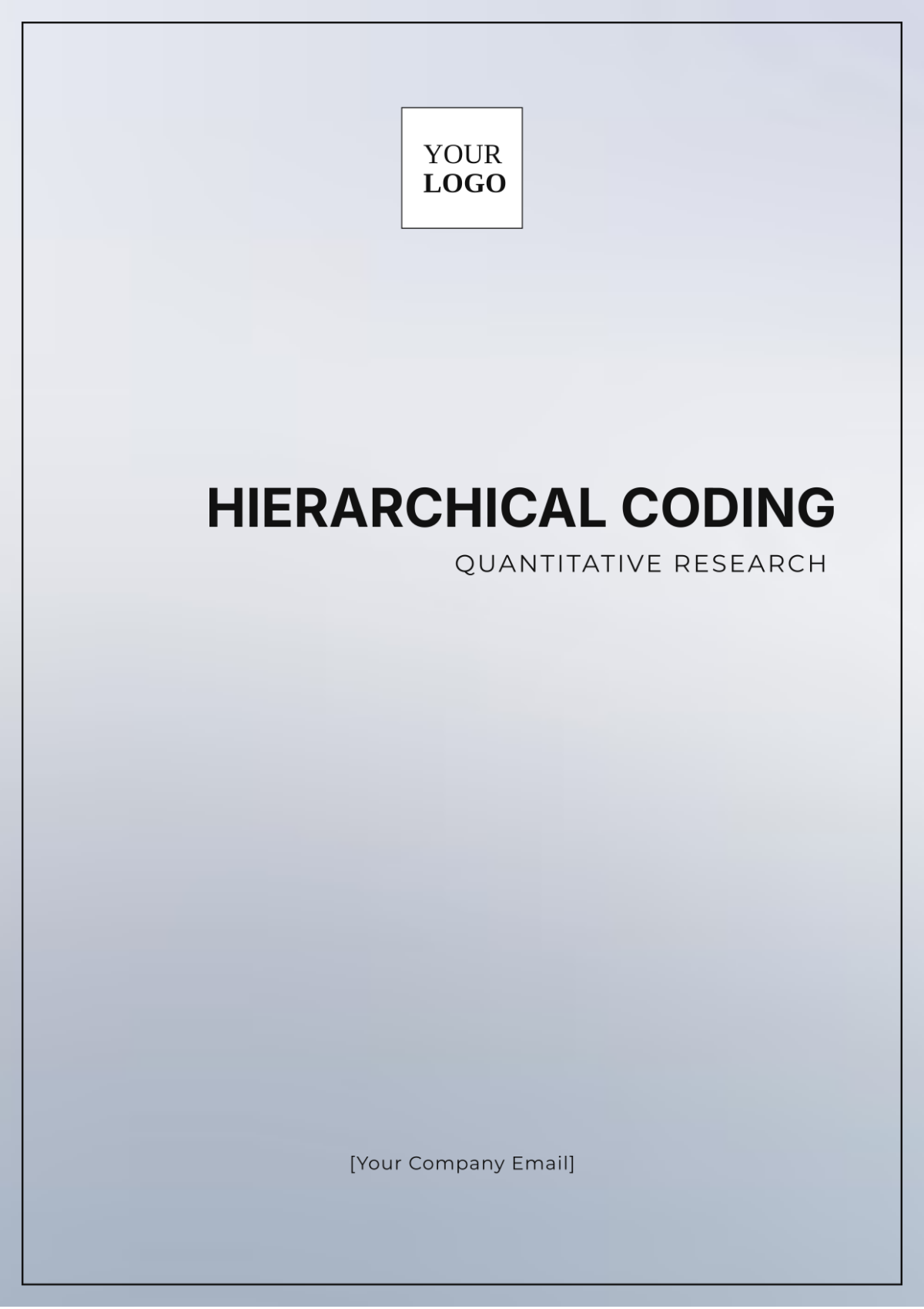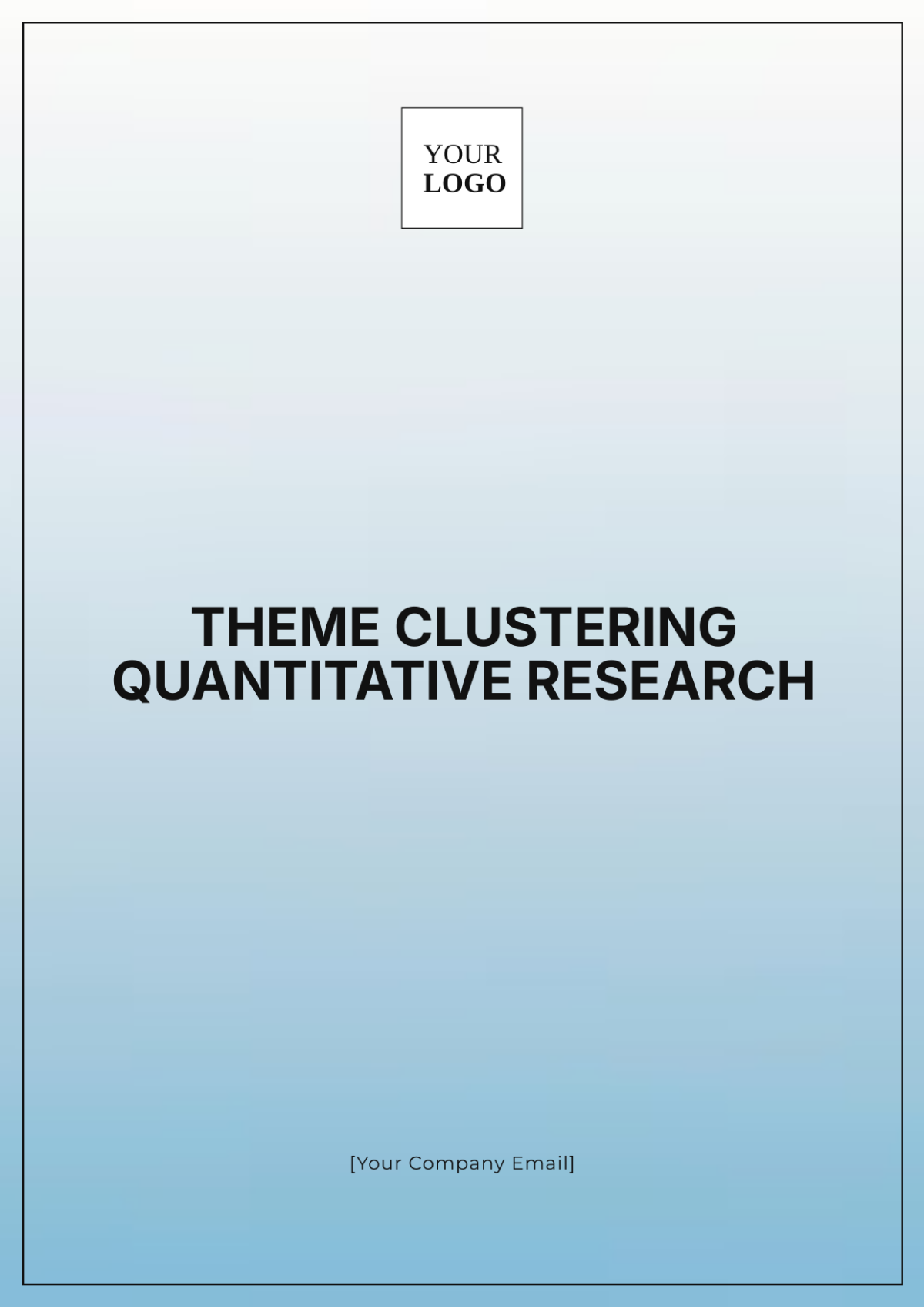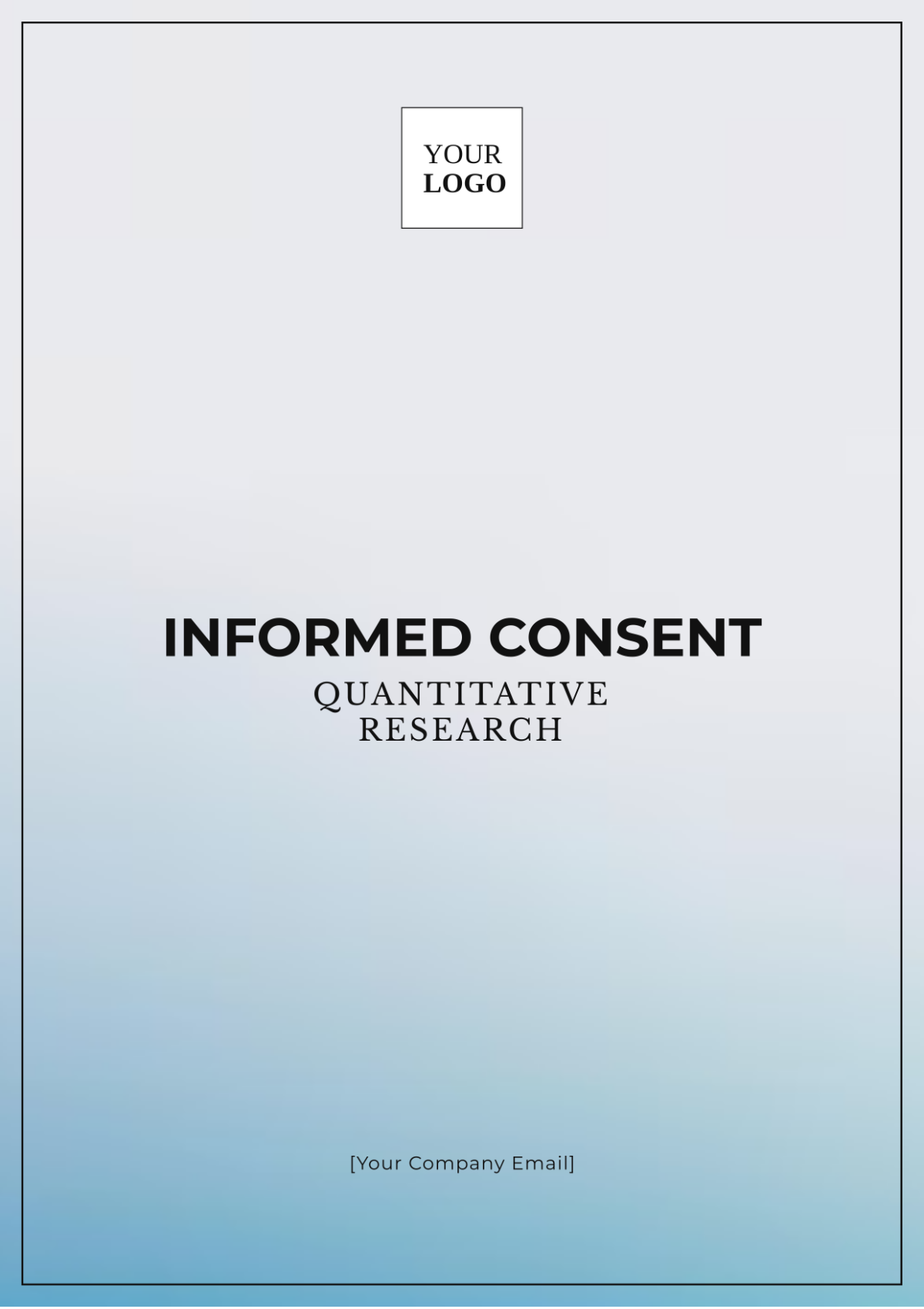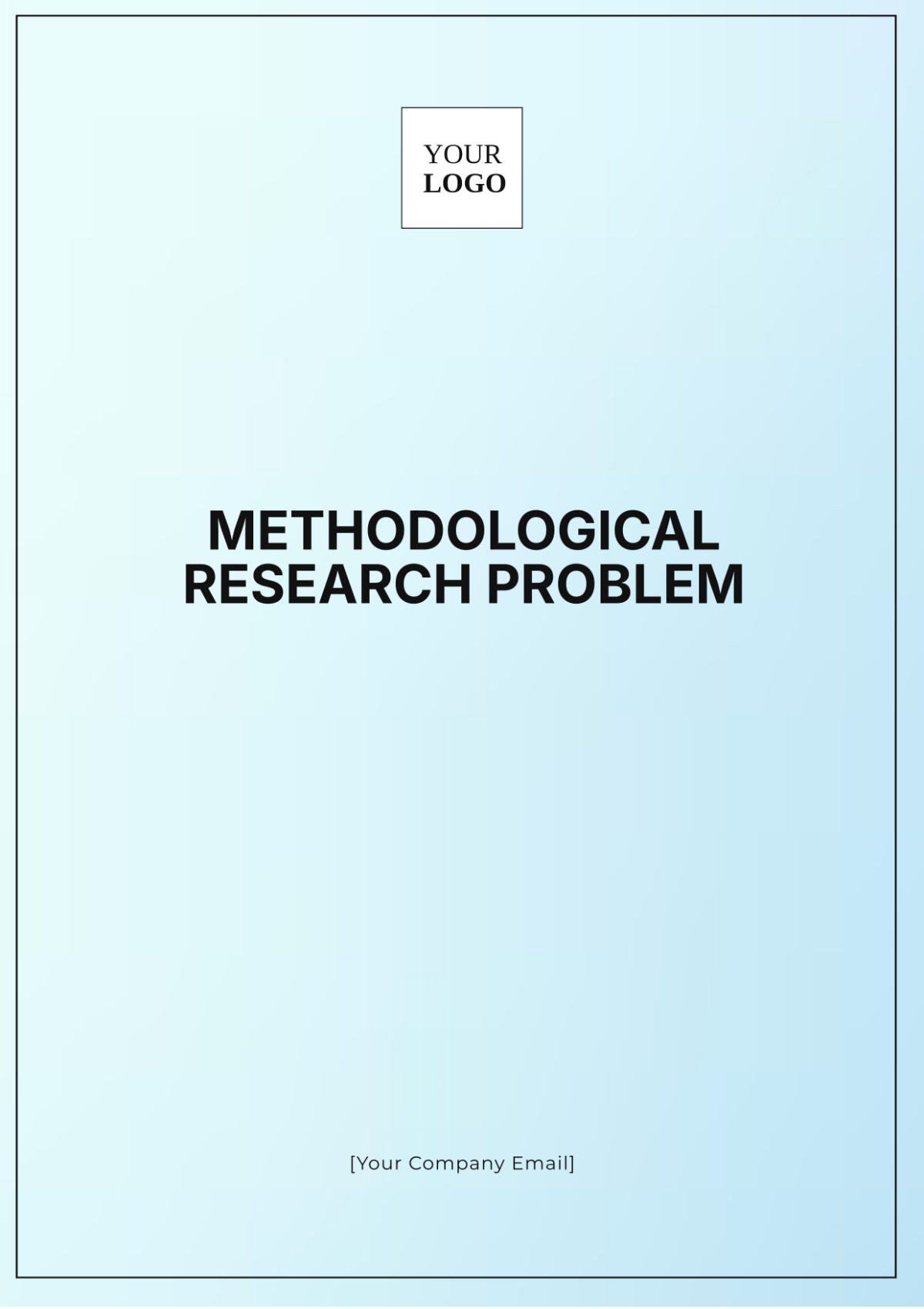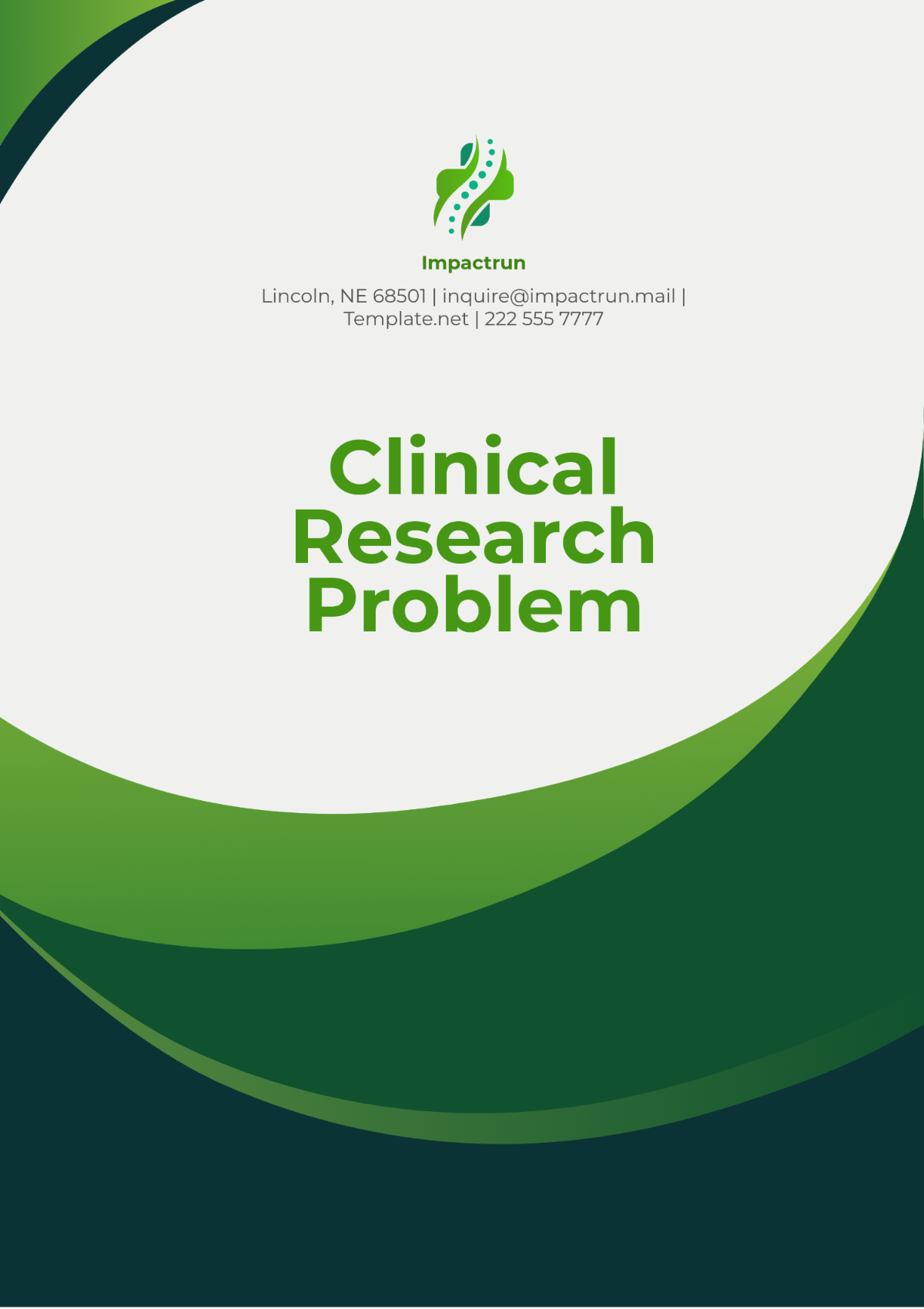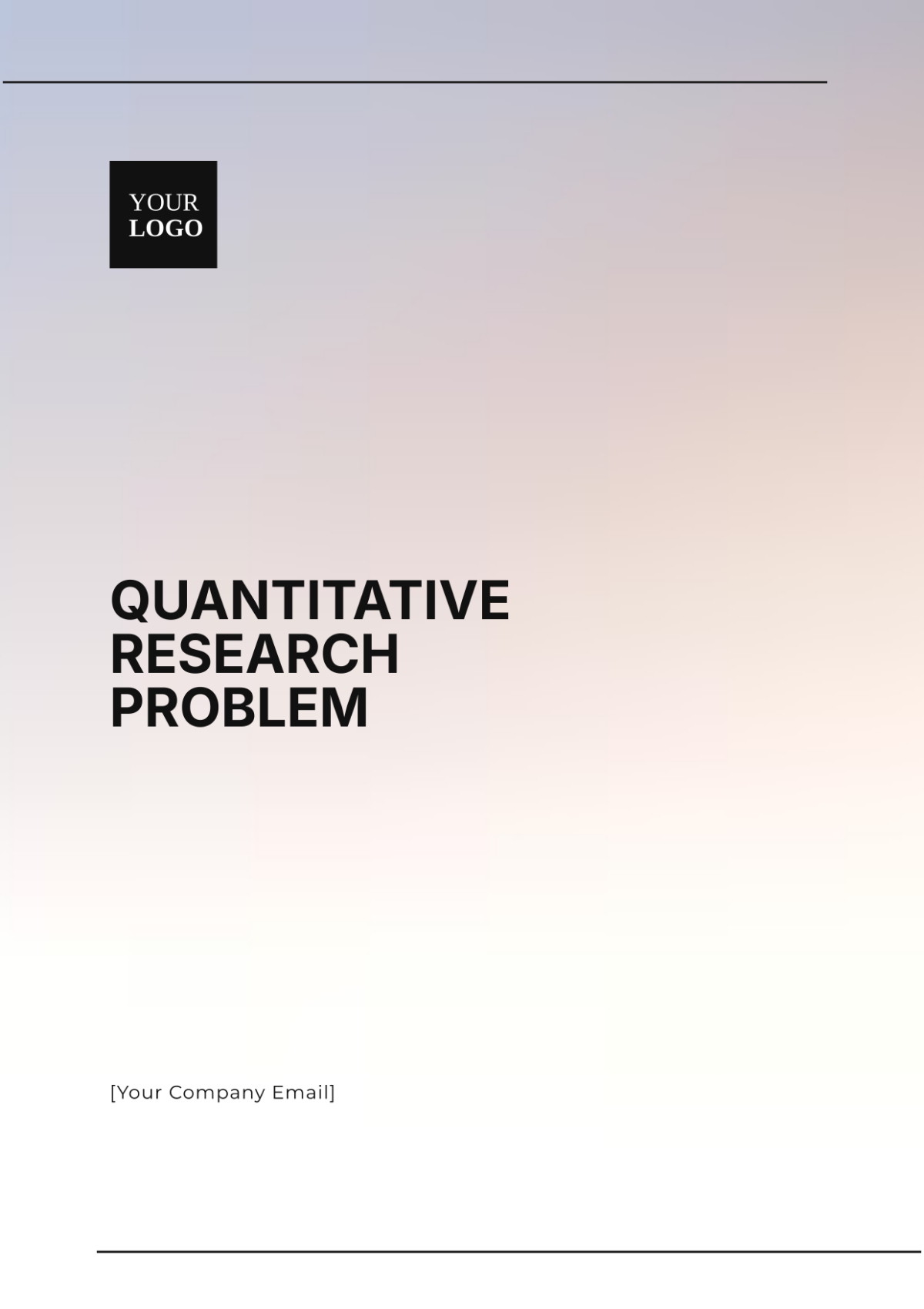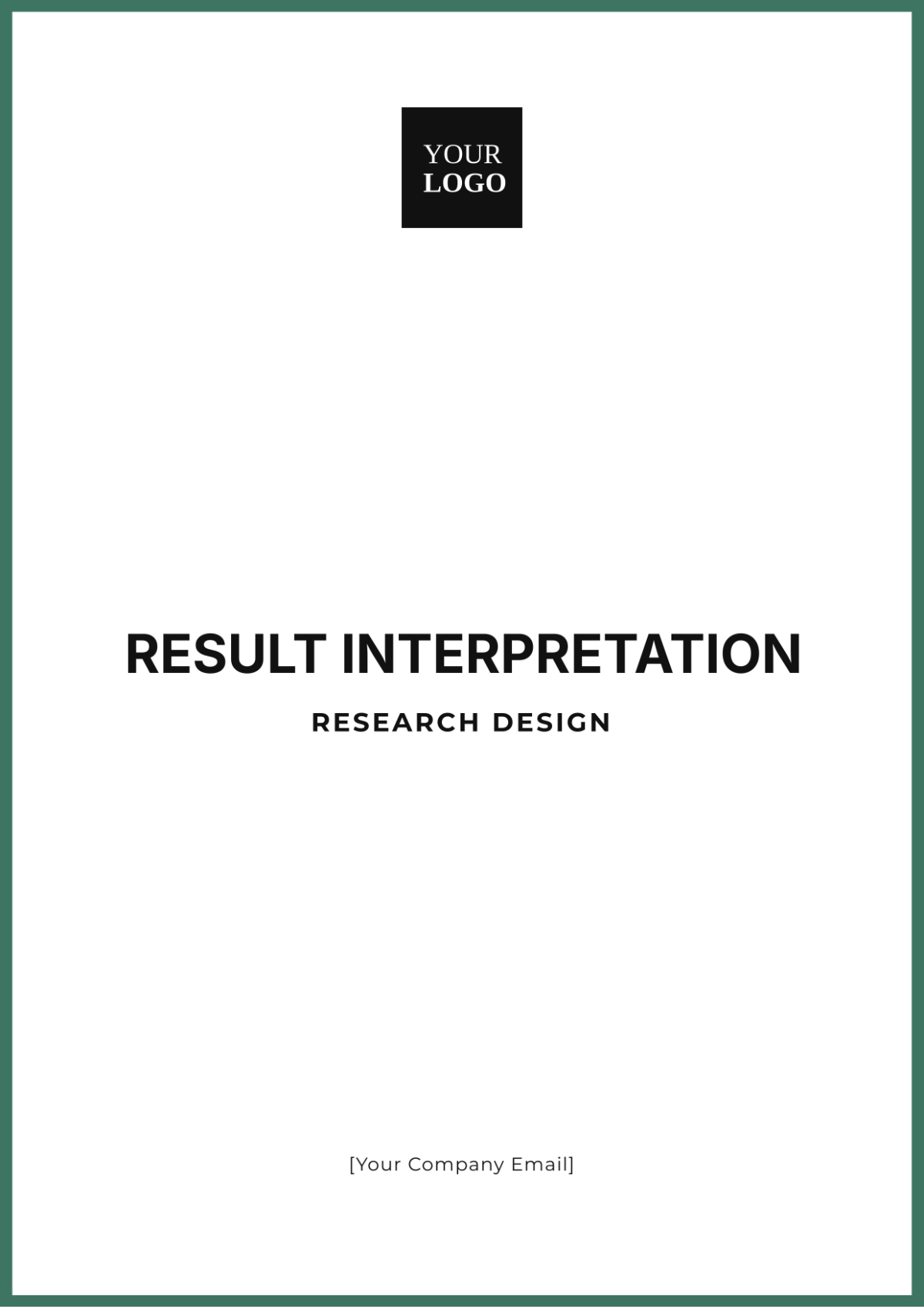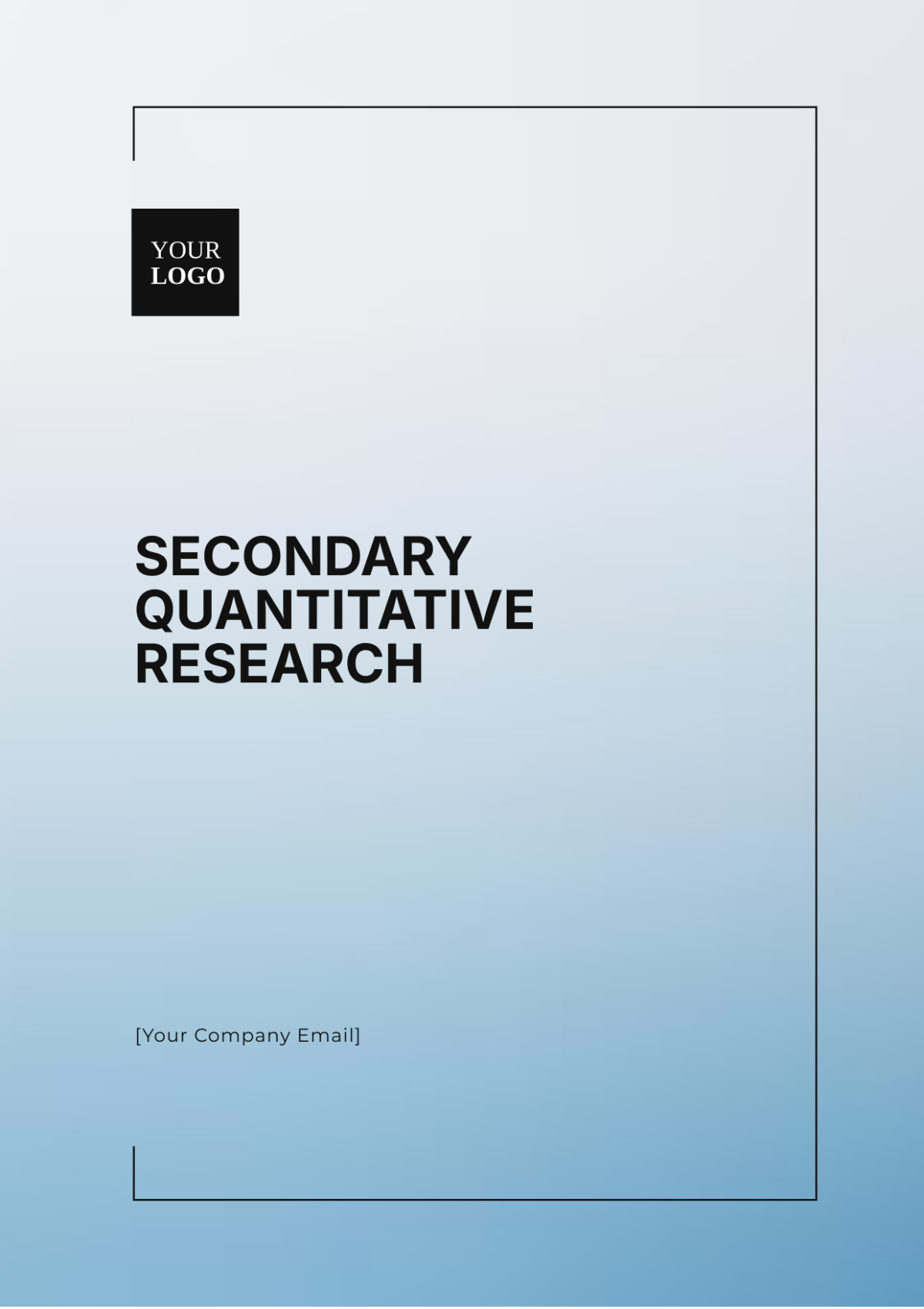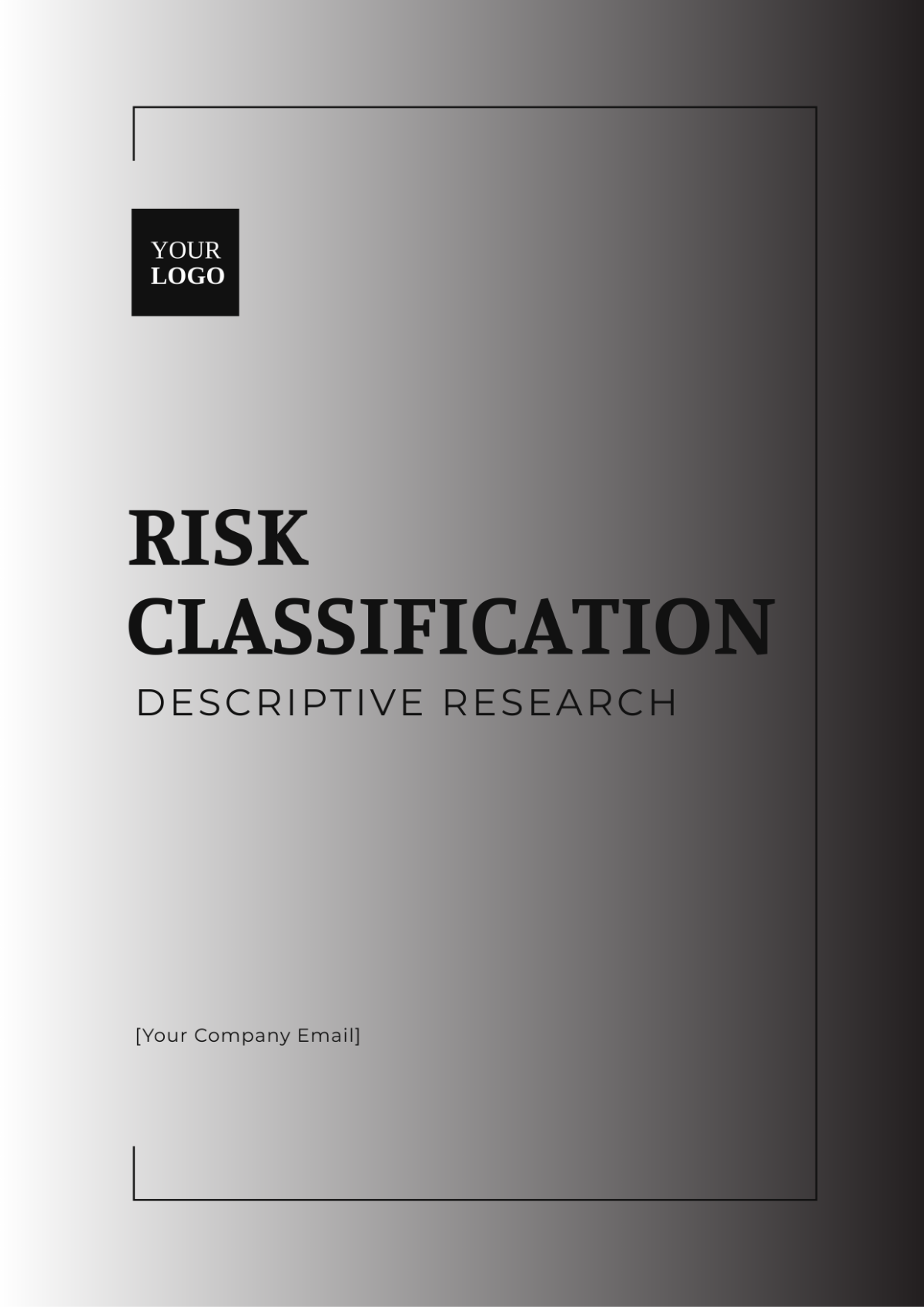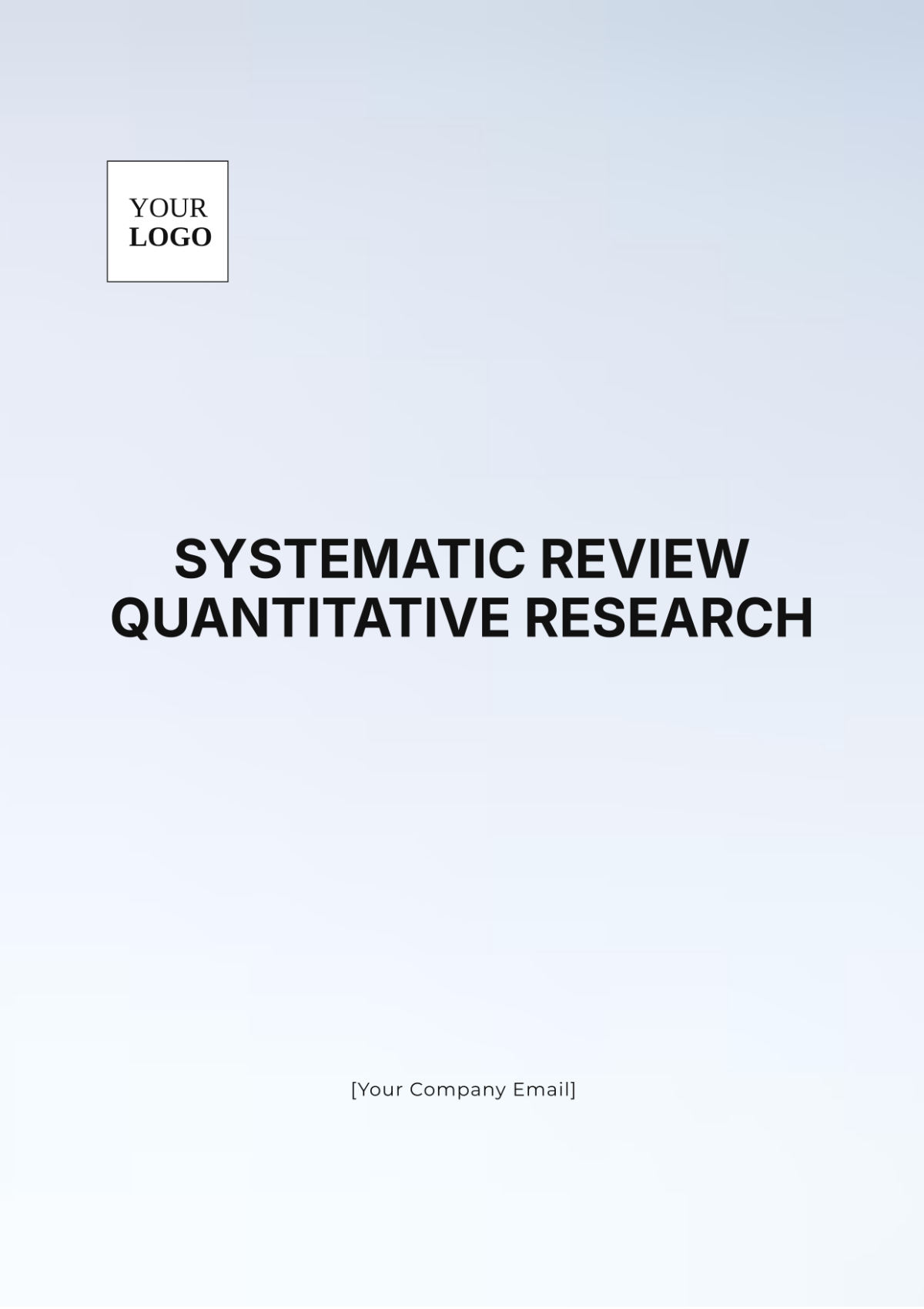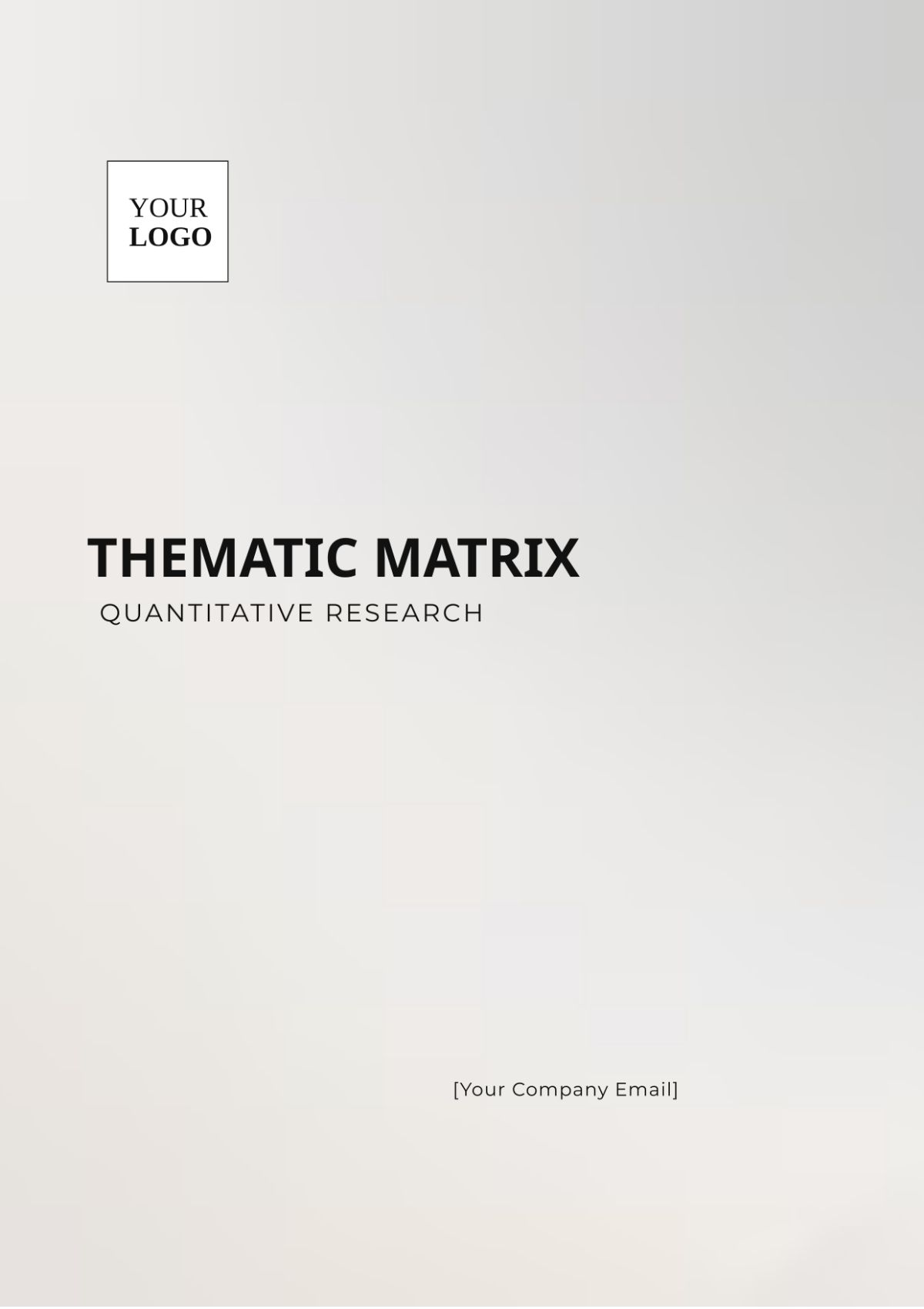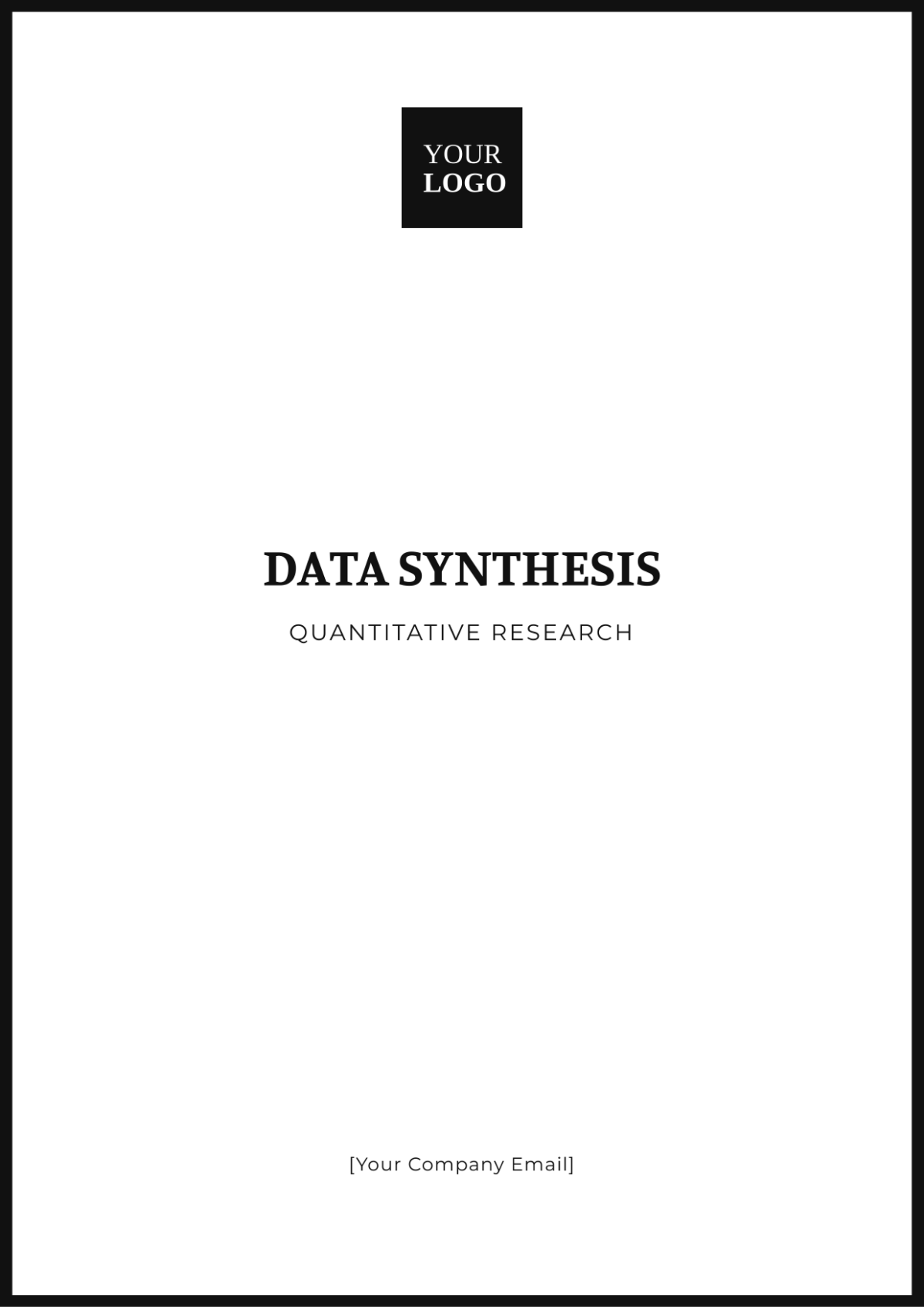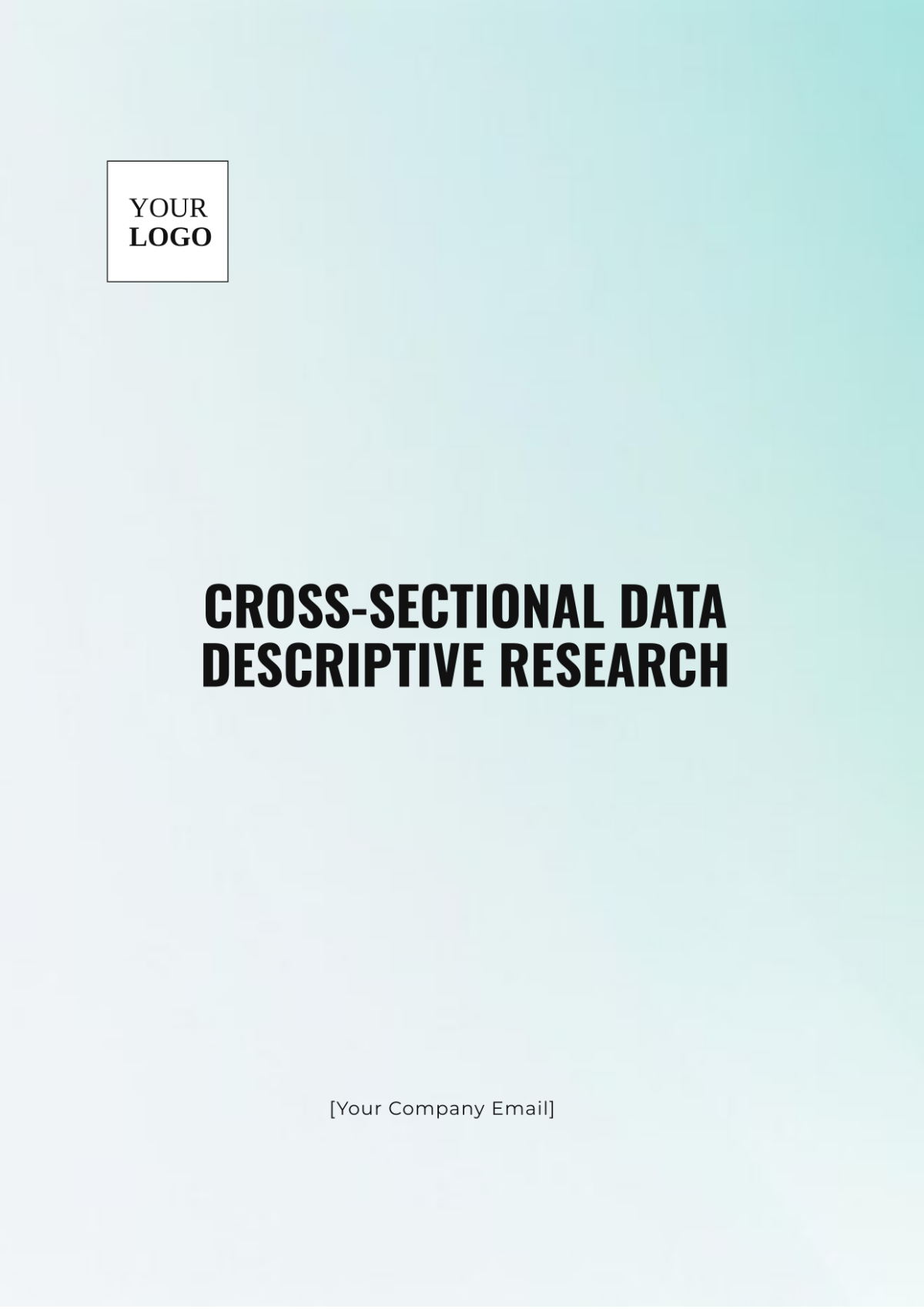Response Theory Quantitative Research
Abstract
This study investigates the application of Item Response Theory (IRT) in a high-stakes standardized math assessment administered to 10th-grade students. Using a sample of 1,500 students and a test consisting of 40 multiple-choice items, this research evaluates the effectiveness of IRT in improving the precision of measurement and understanding of student abilities. The study applies the 2-parameter Logistic (2PL) model to assess item characteristics and student abilities, revealing insights into item performance and test reliability.
Introduction
Background: Item Response Theory (IRT) offers a sophisticated approach to evaluating test data, surpassing traditional methods by modeling the relationship between item characteristics and test-taker abilities. In high-stakes assessments, such as standardized math tests, IRT can enhance the accuracy of measurement and provide detailed insights into item and test-taker performance.
Purpose: This research aims to explore the effectiveness of IRT in analyzing a standardized math test administered to high school students, with a focus on evaluating item characteristics and test-taker abilities.
Research Questions:
How does the 2-parameter Logistic (2PL) model compare to Classical Test Theory (CTT) in predicting student abilities?
What are the key characteristics of items that impact the effectiveness of IRT in this assessment?
Literature Review
Overview of IRT: Item Response Theory models the probability of a correct response to a test item based on item difficulty and discrimination parameters. The 2PL model, in particular, allows for varying item discriminations, providing a more nuanced analysis of item performance.
Previous Research: Prior studies have demonstrated the advantages of IRT in educational assessments, including increased precision in measuring student abilities and improved test validity. For example, Smith et al. (2050) found that IRT models improved the accuracy of student ability estimates in reading assessments.
Gap in Literature: While IRT has been widely studied in reading and general education assessments, its application in high-stakes math assessments requires further investigation, especially in understanding the impact of item characteristics on test results.
Methodology
Research Design: This quantitative study utilizes the 2-parameter Logistic (2PL) IRT model to analyze data from a standardized math test.
Data Collection
Participants: The sample includes 1,500 10th-grade students from five different high schools, with a balanced representation of gender and socioeconomic status.
Instrumentation: The assessment consists of 40 multiple-choice questions designed to evaluate algebra, geometry, and basic arithmetic skills. The test is designed to cover a range of difficulty levels.
Data Analysis
IRT Models: The 2PL model is applied to the test data to estimate item difficulty and discrimination parameters, as well as student ability levels.
Statistical Methods: Data analysis is conducted using R software with the
ltmpackage. Model fit is assessed using Akaike Information Criterion (AIC) and Bayesian Information Criterion (BIC), as well as item fit statistics.Evaluation Metrics: Item characteristic curves (ICCs) are examined to understand the relationship between item difficulty, discrimination, and student performance. Test reliability is assessed using the test information function.
Results
Descriptive Statistics: The average difficulty of the 40 items ranges from -1.5 to 1.2 on the logit scale. The average item discrimination is 1.2, indicating moderate to high discrimination.
Model Findings:
Item Parameters: Items vary in difficulty, with questions on advanced algebra being the most challenging and basic arithmetic being the least challenging. High-discrimination items are typically found in questions that assess higher-order skills.
Test-Taker Abilities: The distribution of student abilities ranges from -2.0 to 2.5 logits, with a mean ability level of 0.5 logits, indicating that the sample is slightly above average in math proficiency.
Model Fit: The 2PL model shows a good fit to the data, with AIC and BIC values indicating a better fit compared to a CTT-based model. The item fit statistics are within acceptable ranges, suggesting that the model accurately represents the test data.
Discussion
Interpretation of Findings: The application of the 2PL model has provided a more precise understanding of item characteristics and student abilities compared to Classical Test Theory. High-discrimination items are particularly effective in differentiating between students with varying ability levels. The results suggest that IRT can significantly enhance the accuracy of high-stakes math assessments.
Limitations: The study is limited by the sample size and the specific context of the assessment. Future research could explore IRT applications in different subject areas and educational settings.
Recommendations: Educators and test developers should consider incorporating IRT models to refine item selection and improve test reliability. Further research is needed to explore IRT in diverse educational contexts and to evaluate its impact on different types of assessments.
Conclusion
This study demonstrates the effectiveness of Item Response Theory in analyzing high-stakes math assessments, highlighting its ability to provide detailed insights into item performance and student abilities. The findings support the use of IRT for enhancing the precision and validity of educational assessments.
References
Smith, J., Johnson, L., & Brown, M. (2055). Improving Reading Assessment Accuracy with Item Response Theory. Educational Measurement Journal, 15(3), 45-60.
Embretson, S. E., & Reise, S. P. (2058). Item Response Theory for Psychologists. Routledge.
Appendices
Appendix A: Sample test items and their difficulty and discrimination parameters.
Appendix B: Detailed statistical tables and model fit indices.
Appendix C: R code used for data analysis.







